
Visiting Yogyakarta unlocks a gateway to Javanese culture. The rich heritage, with over 2000 years of history, weaves together influences from Buddhism, Hinduism, and folk religions. Despite Indonesia’s status as a predominantly Muslim country, Javanese culture has continued to shape the society.
When visiting the Royal Palace, we had an opportunity to get up close to the puppet art. Known as “wayang”, these puppet performances are aptly named, meaning “mirror” in Javanese. This demonstrates that puppetry as not only a reflection of the community, but also a tool to influence the masses, and educate the young. The mastery invested in puppet crafting left a lasting impression. If you visit the palace, make sure not to miss the puppet experience as it’s thoughtfully included in the Royal Palace entry fee.
Puppetry embodies the essence of Javanese worldview, and these are some elements.
No. 1 Nature’s intrinsic role
In Javanese worldview, nature is a part of human body. The puppet’s bottom symbolises nature itself. Contained within the puppet’s form, the 4 elements – earth, fire, water and air are harmoniously captured. Particularly intriguing is the inclusion of volcanoes, a testament to their omni-presence in local lives.
Upon closer scrutiny, you’ll find a bird atop of the puppet’s head, with each element and colour of the bird harmoniously aligned with the natural elements as well.

No. 2 Wholesomeness of body and well-being
Unlike the conventional compartmentalisation of body, mind, emotions, and spirit, Javanese representation portrays them as an indivisible whole.
The midsection signifies the heart, while the upper part embodies the mind – a visual representation of their interwoven nature. Additionally, Javanese ideology employs the concept of Chakra, a focal point of energy rooted in Hinduism and Buddhism, which continues to persist in various modern spiritual practices. Within the puppet’s body form, diverse energies, like instinct (earth element), desire (fire element), and renewal (air element), flow from various chakras and converge in the heart alongside emotions (water element). To maintain equilibrium, mind is engaged to unite them all.


No. 3 Moral fibers infused in artistry and performance
The puppet serves as an embodiment of the ideal Javanese individual. The exaggerated nose reflects curiosity, while prominent ears symbolise wisdom – a reminder to listen more than to speak. The elongated arms epitomise generosity – a constant act of giving.
Originally performed from midnight to dawn under the guidance of an artist and spiritual leader during festivals and special occasions, these performances serve as both education and entertainment, reinforcing community values.



These glimpses merely scratched the surface of the intricate art of puppetry. Nonetheless, they are great starting points to understand Javanese worldview and heritage sites. We often find surprising resemblances between puppetry art and The discoveries we made in the historical landmarks – more to come!
Sources consulted:
https://thesmedia.id/posts/the-history-of-the-javanese-where-do-they-come-from-

























 A 5-day week and a 2-day weekend is the cornerstone of how we live our life, and arrange our schedule. We seldom think that life rhythm could be otherwise. But do you know that China only formalized two-day weekend as recent as 1995? It sounds so bizarre that I called my mum to ask her about it.
A 5-day week and a 2-day weekend is the cornerstone of how we live our life, and arrange our schedule. We seldom think that life rhythm could be otherwise. But do you know that China only formalized two-day weekend as recent as 1995? It sounds so bizarre that I called my mum to ask her about it.
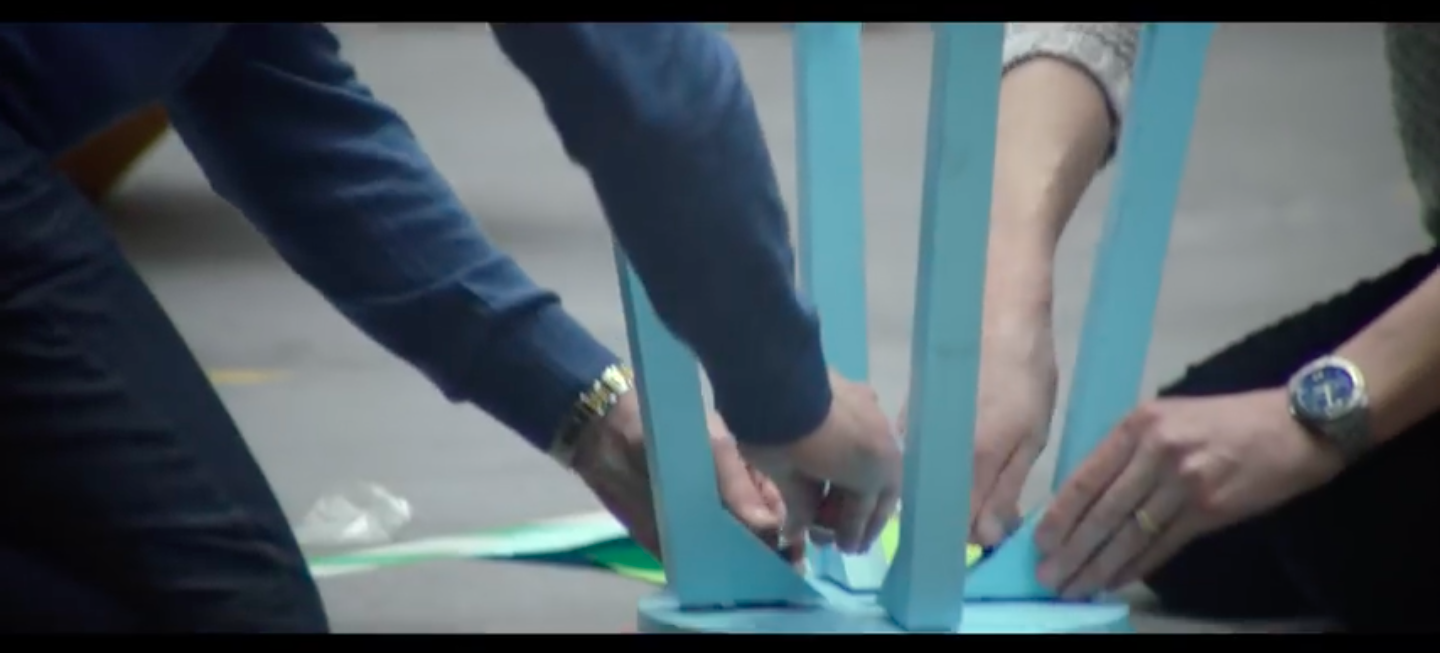
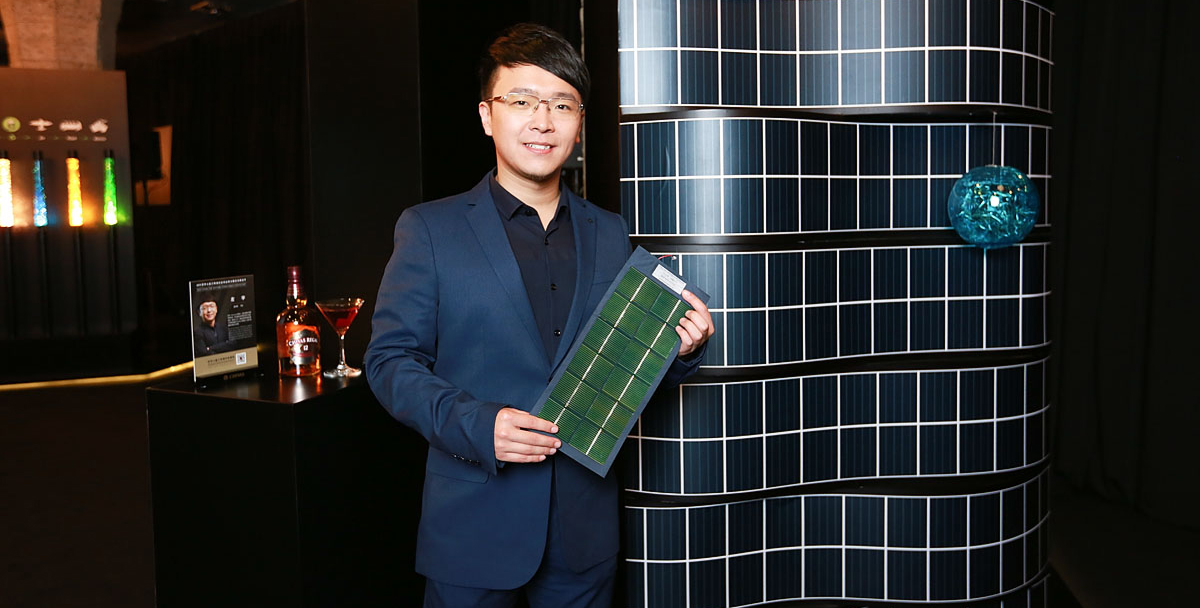
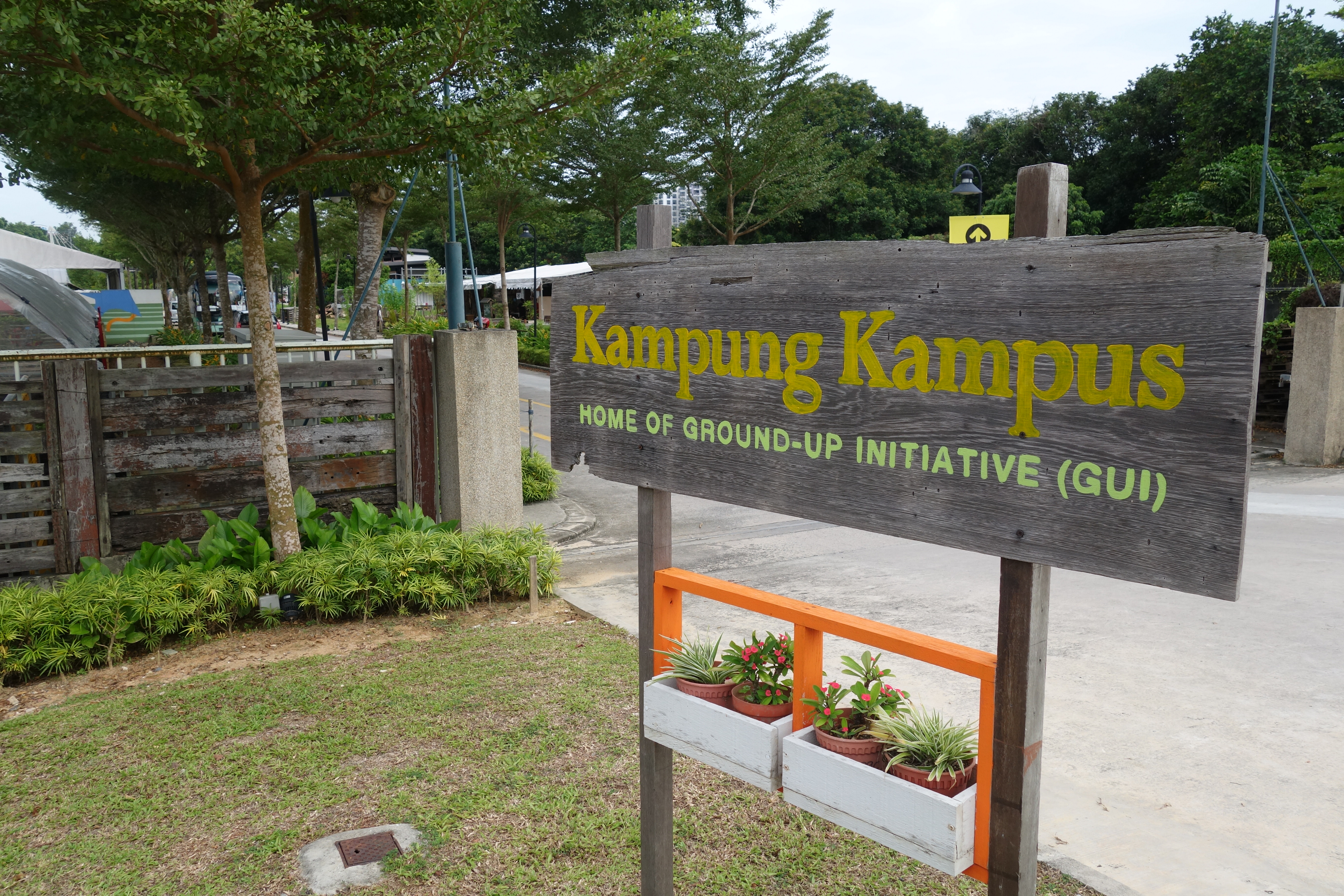
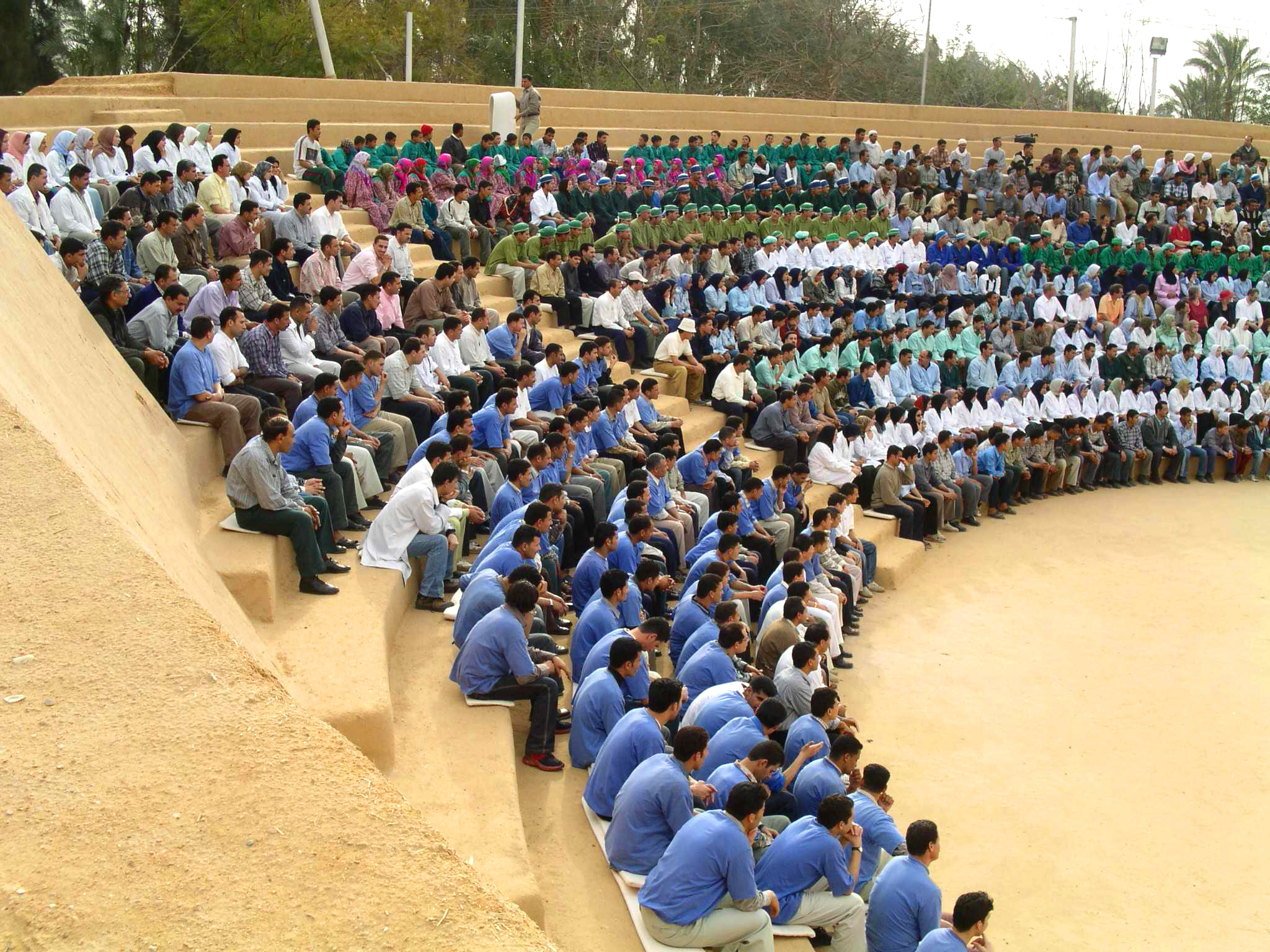
 (繁华的新加坡)
(繁华的新加坡) 

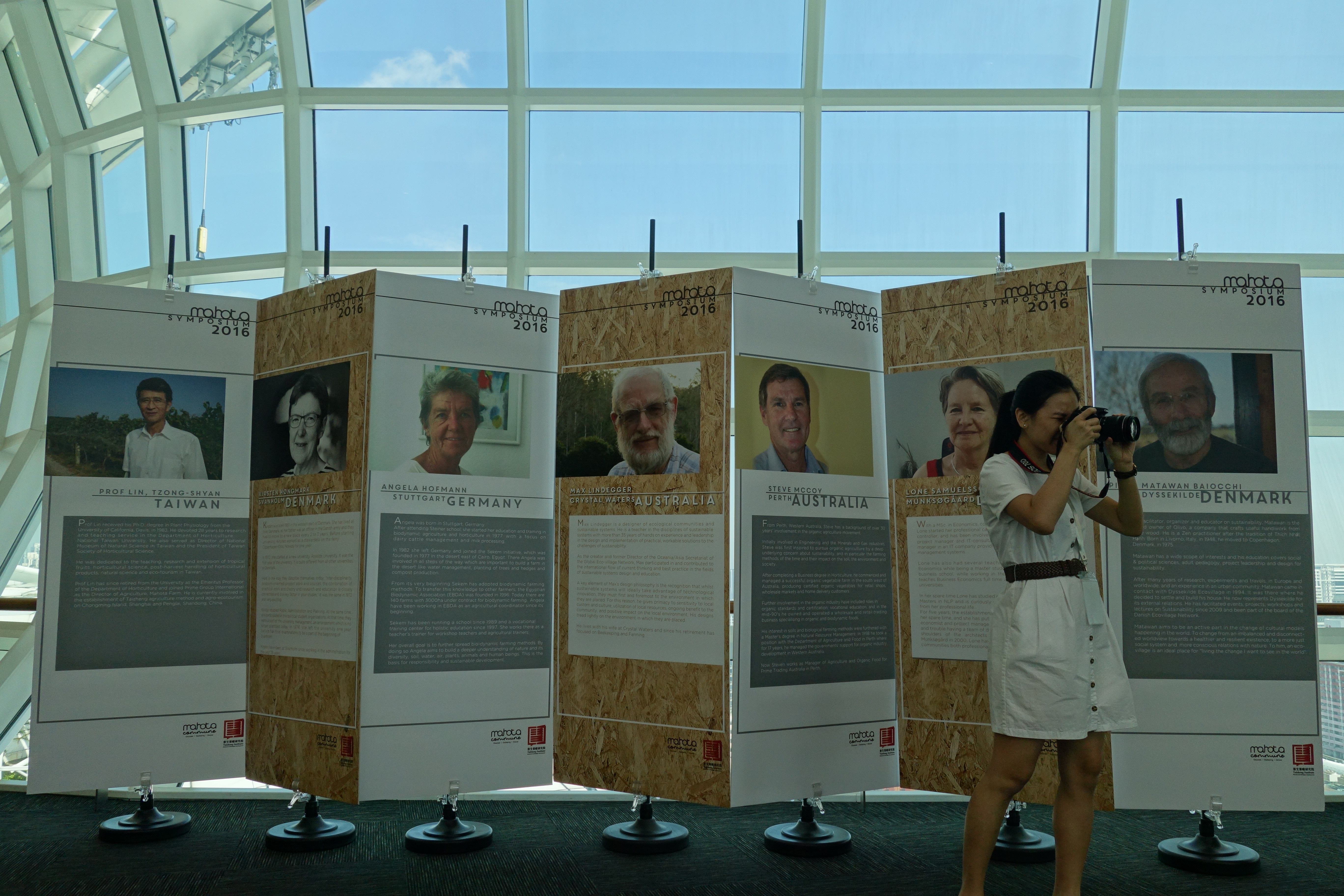
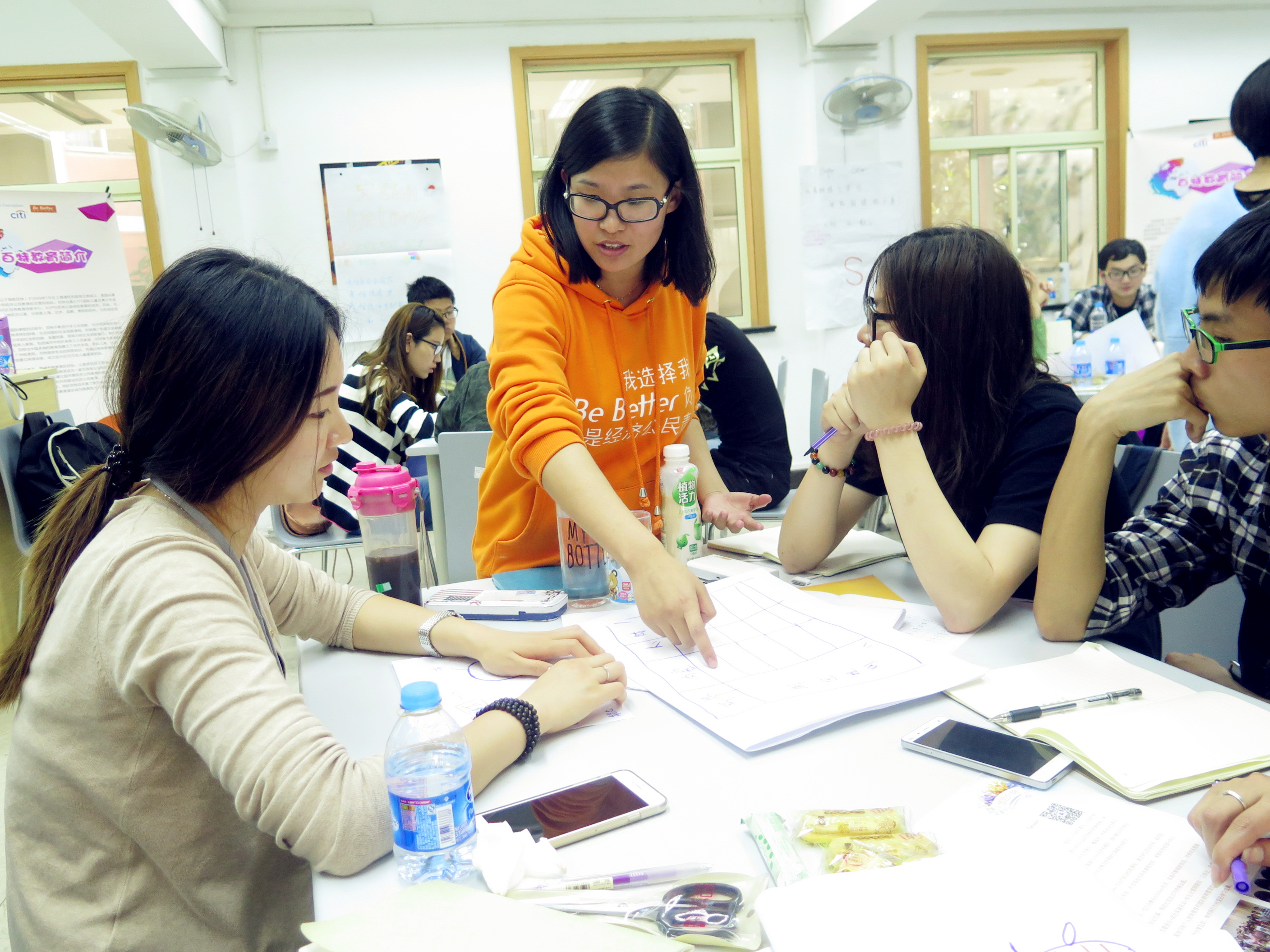
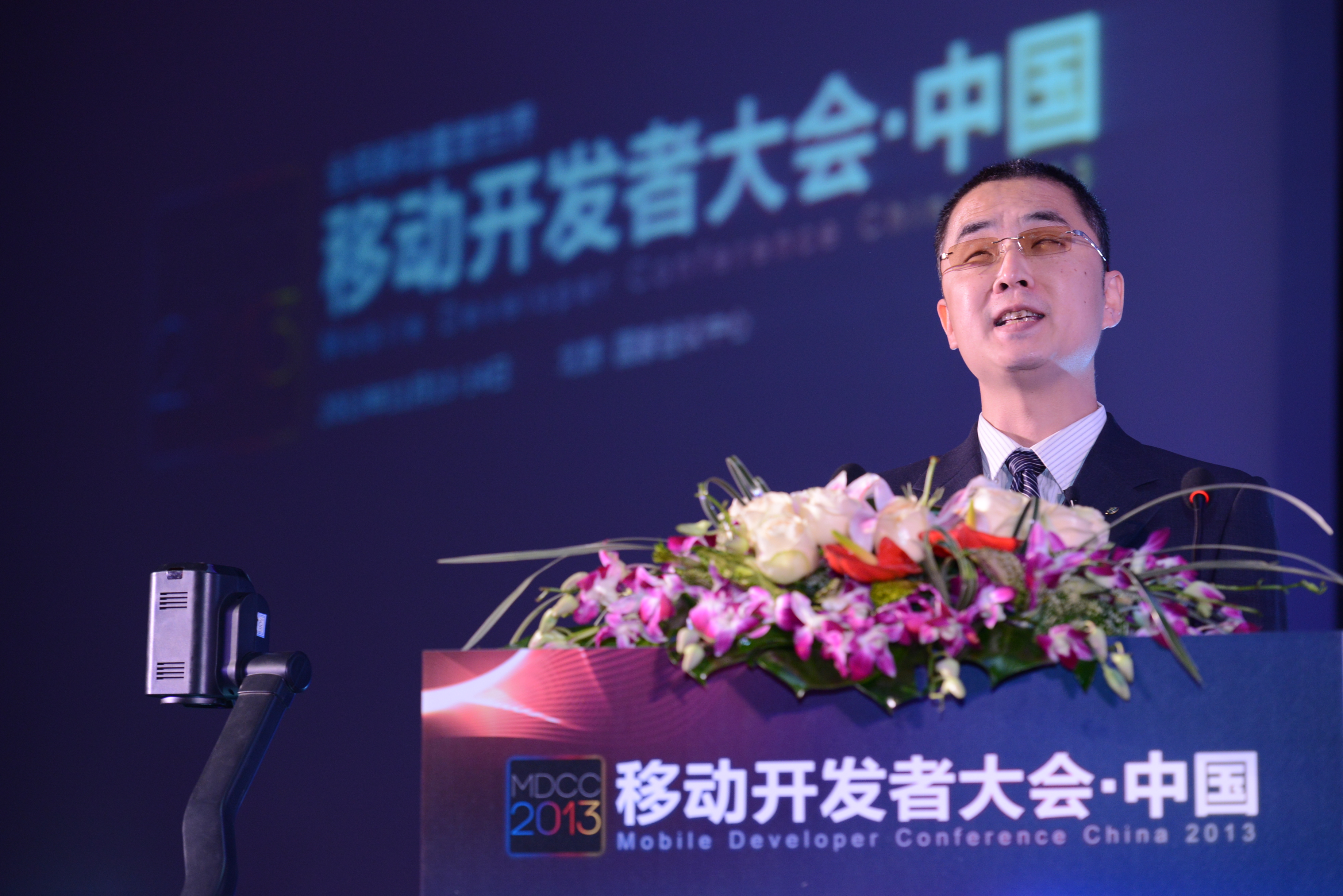 Originally published on
Originally published on 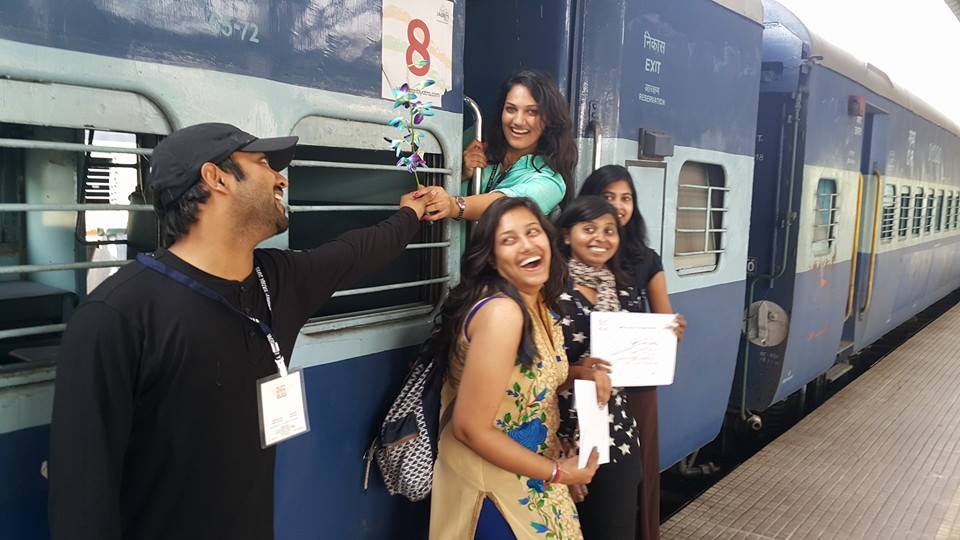
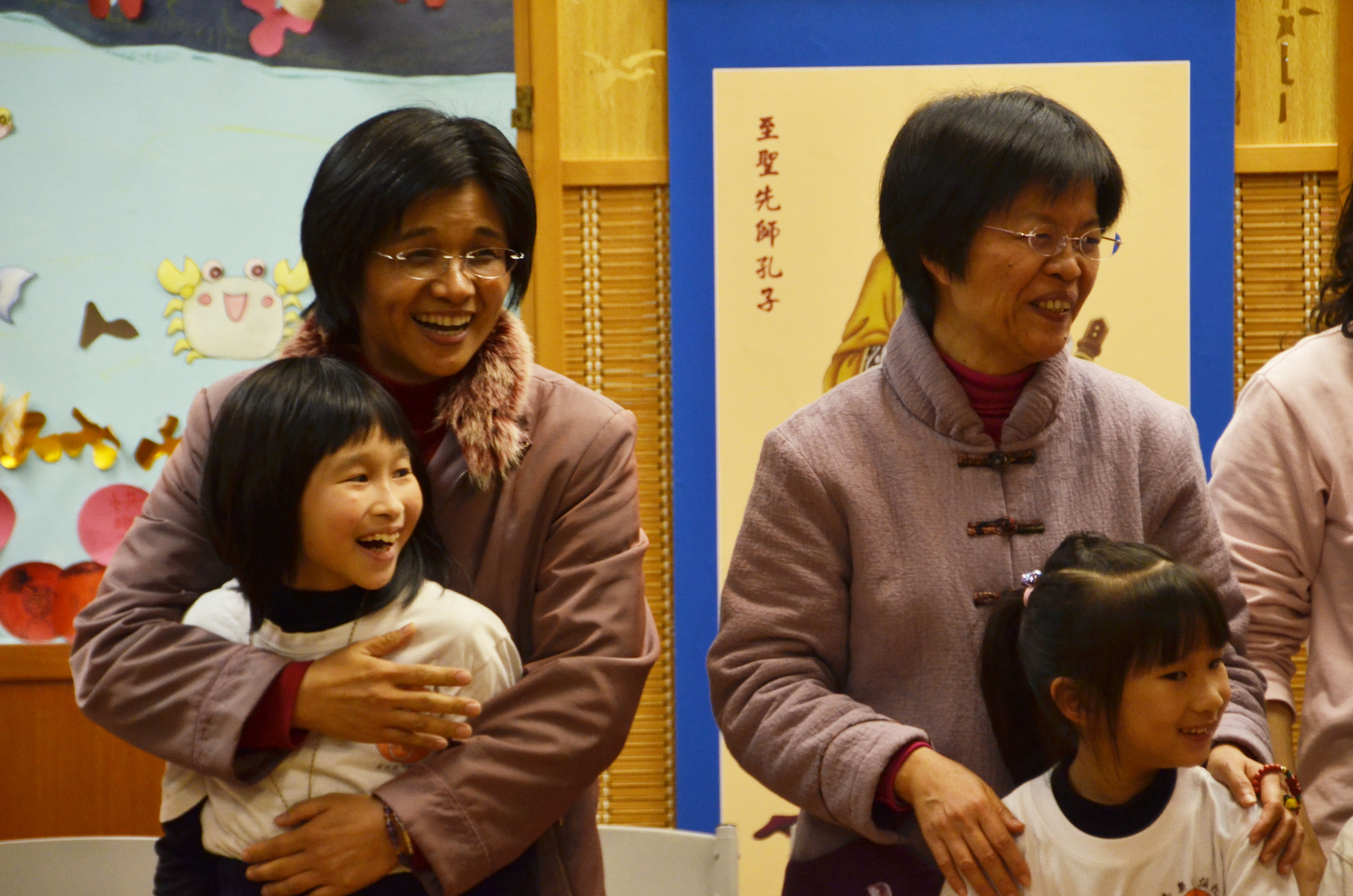
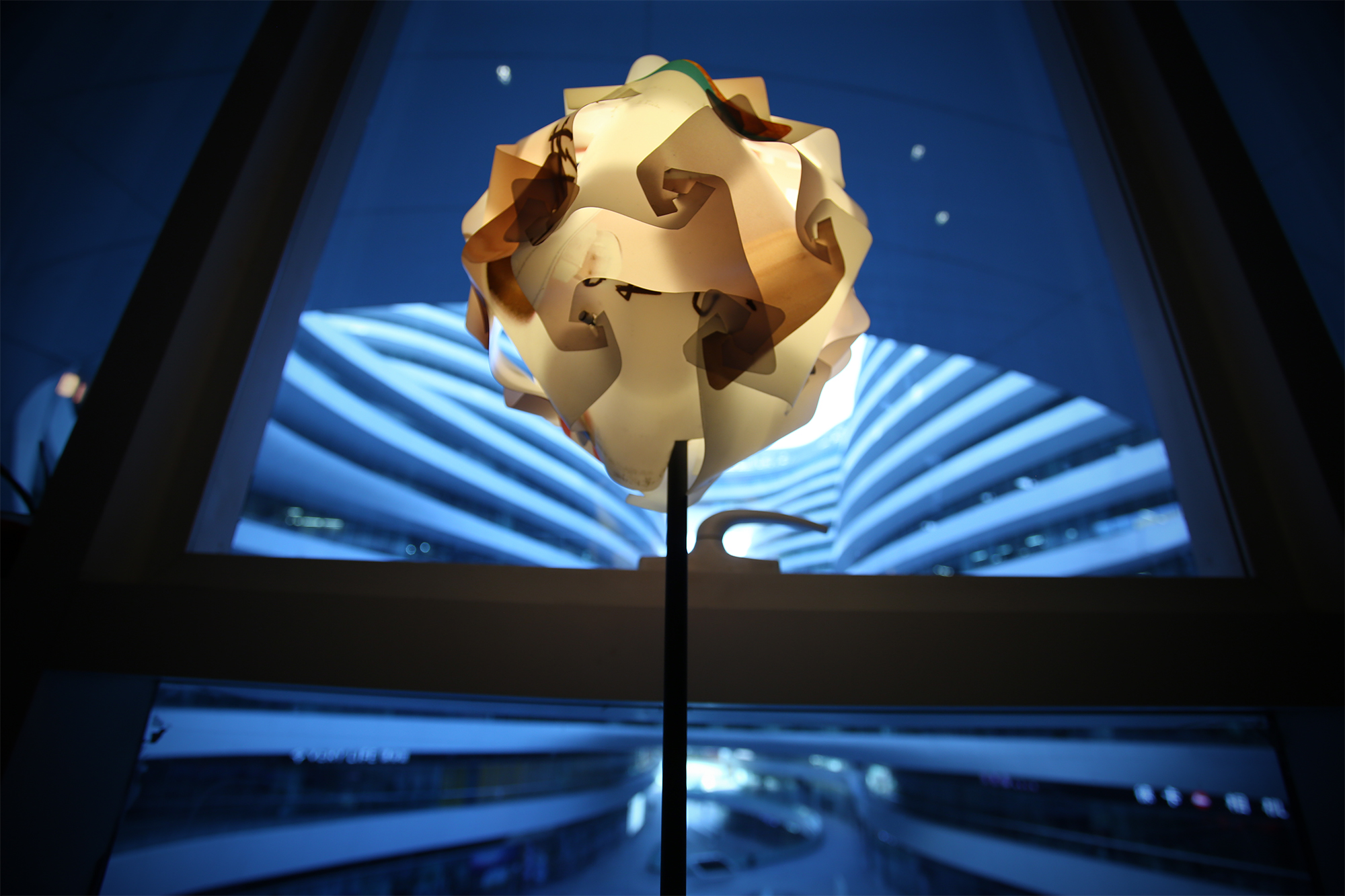
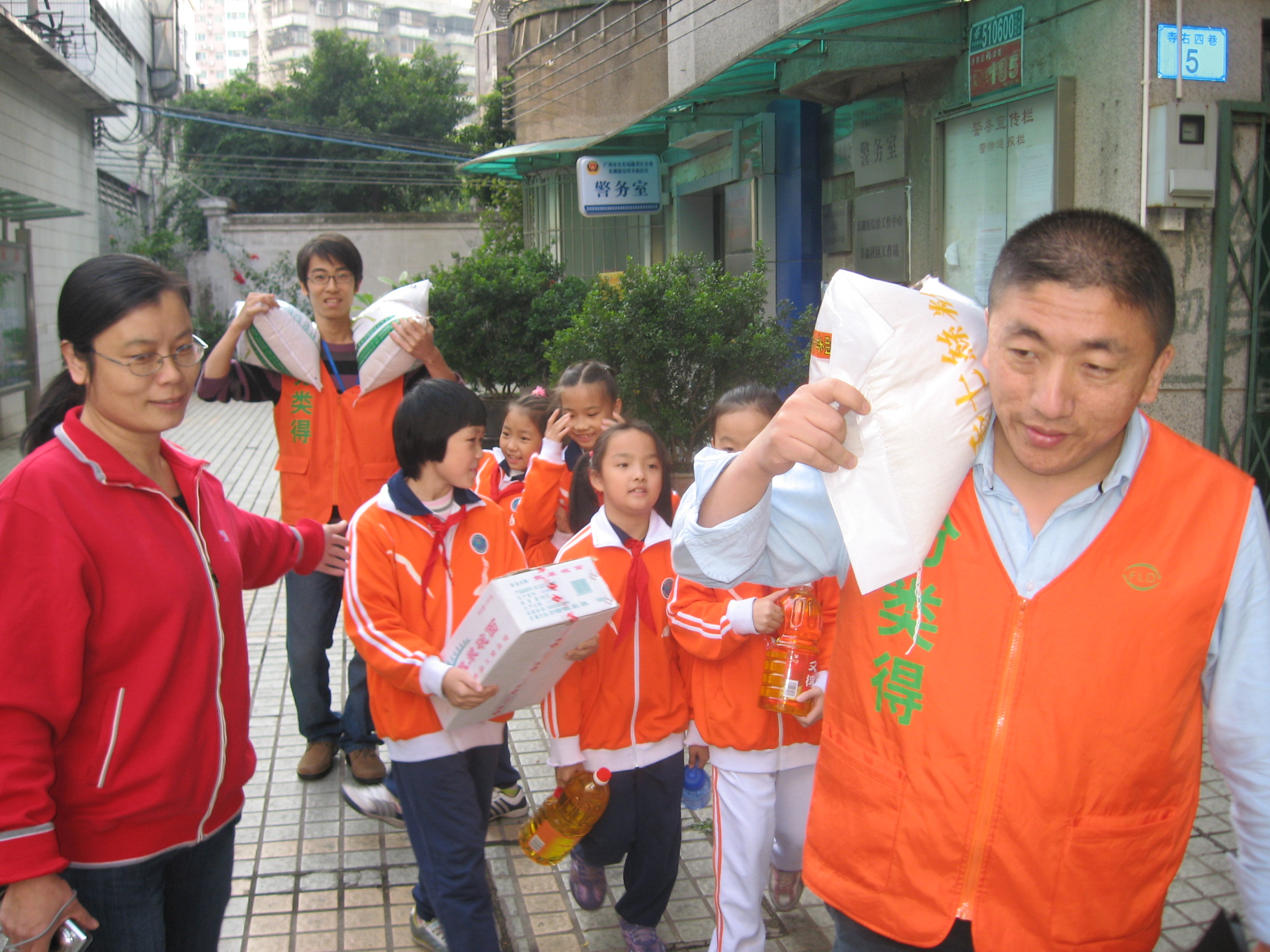
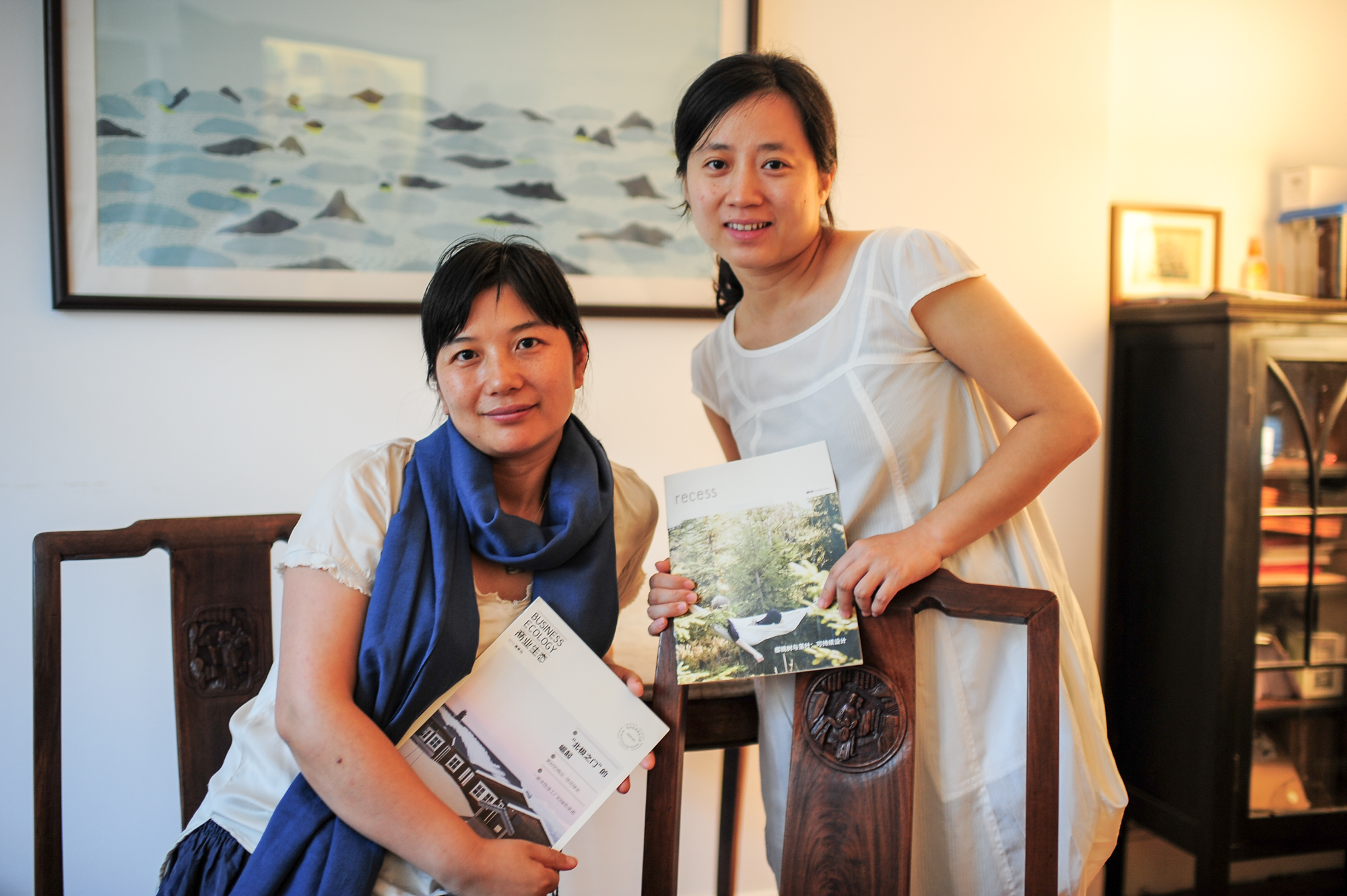

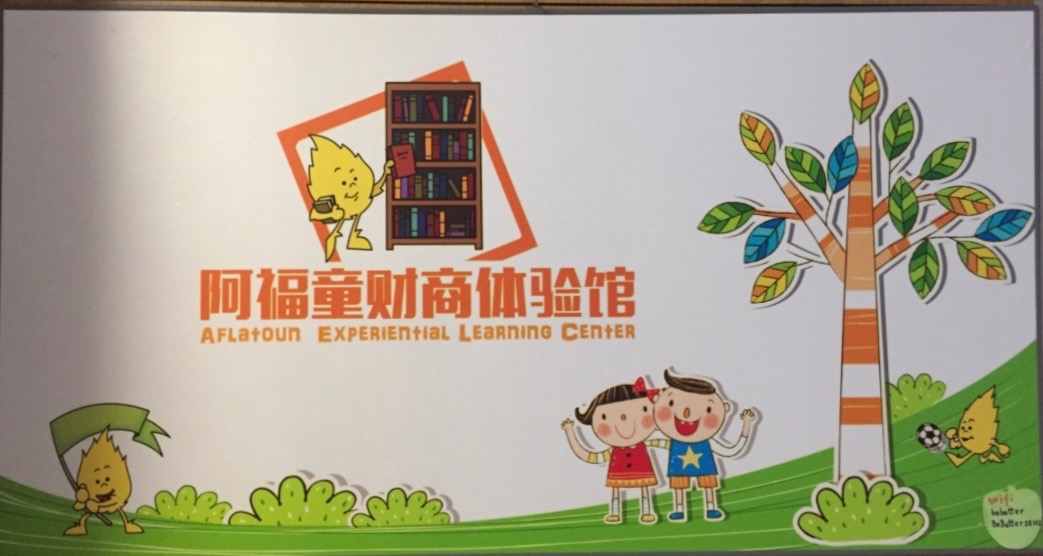 This bilingual article is originally published on
This bilingual article is originally published on 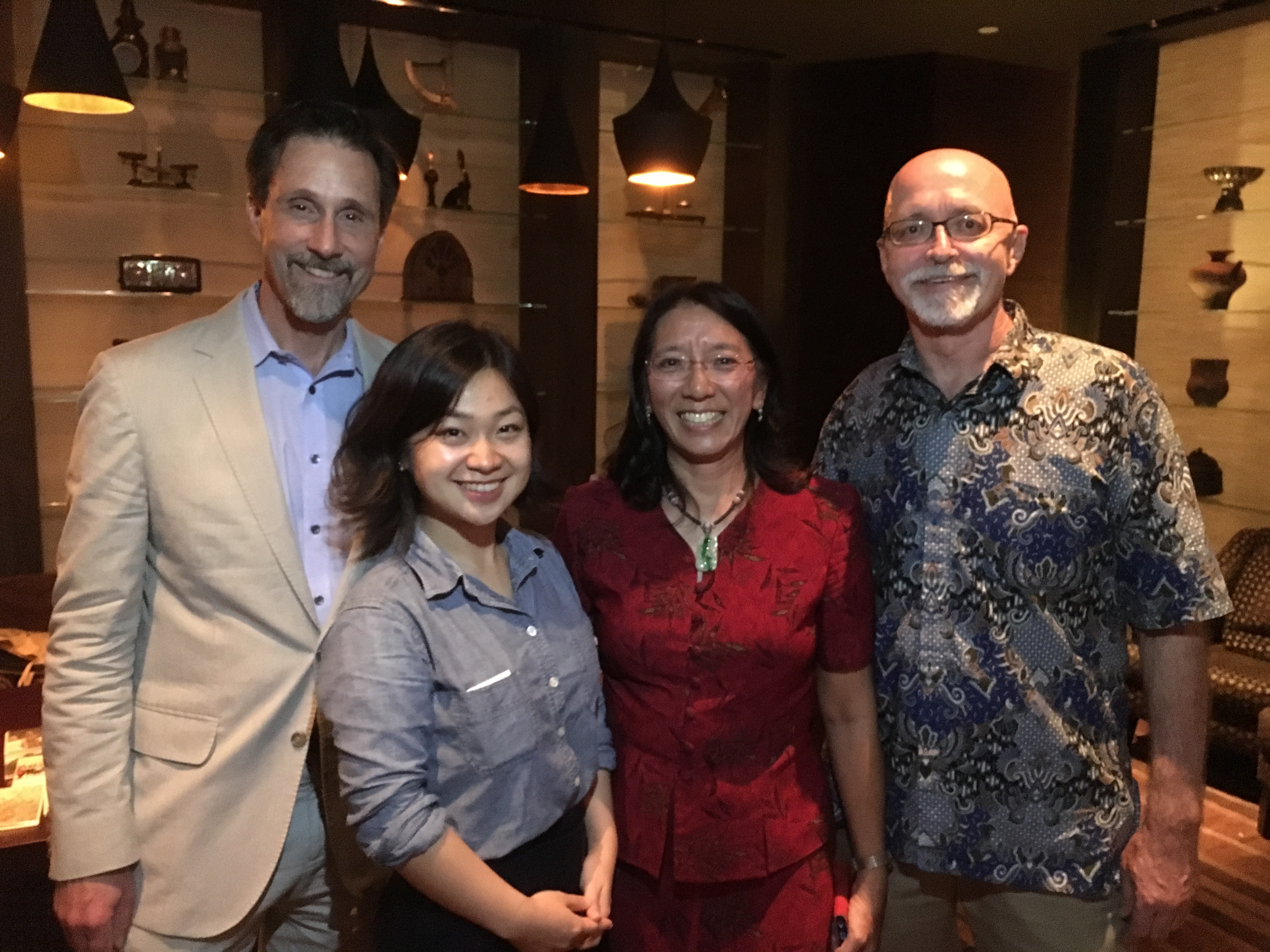
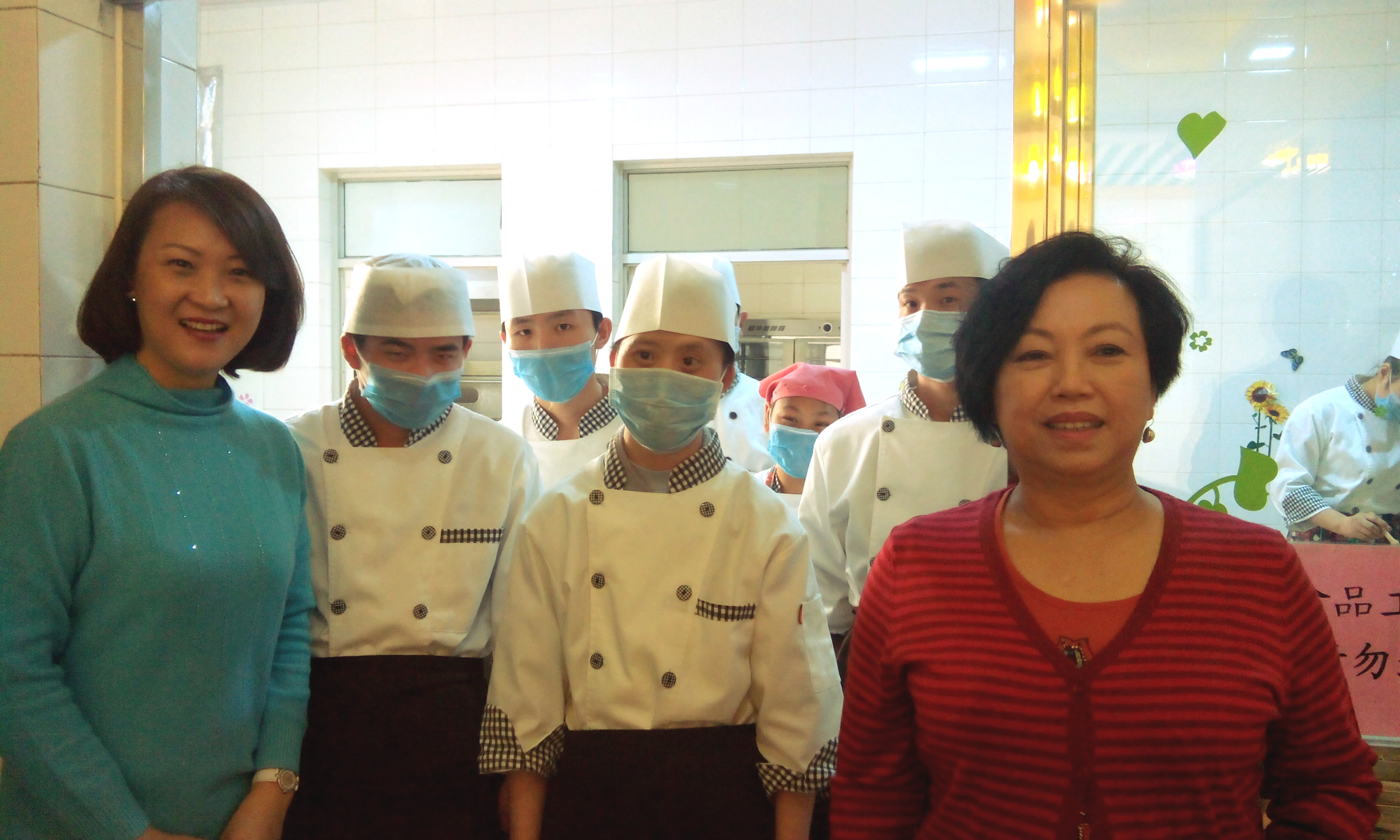
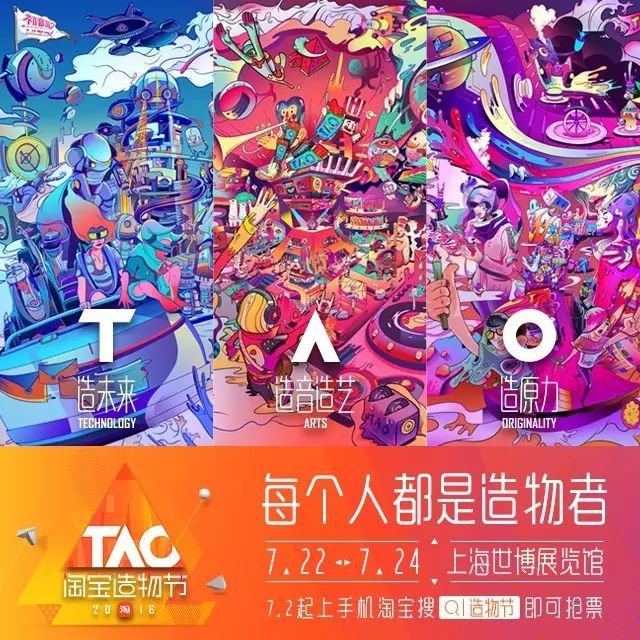
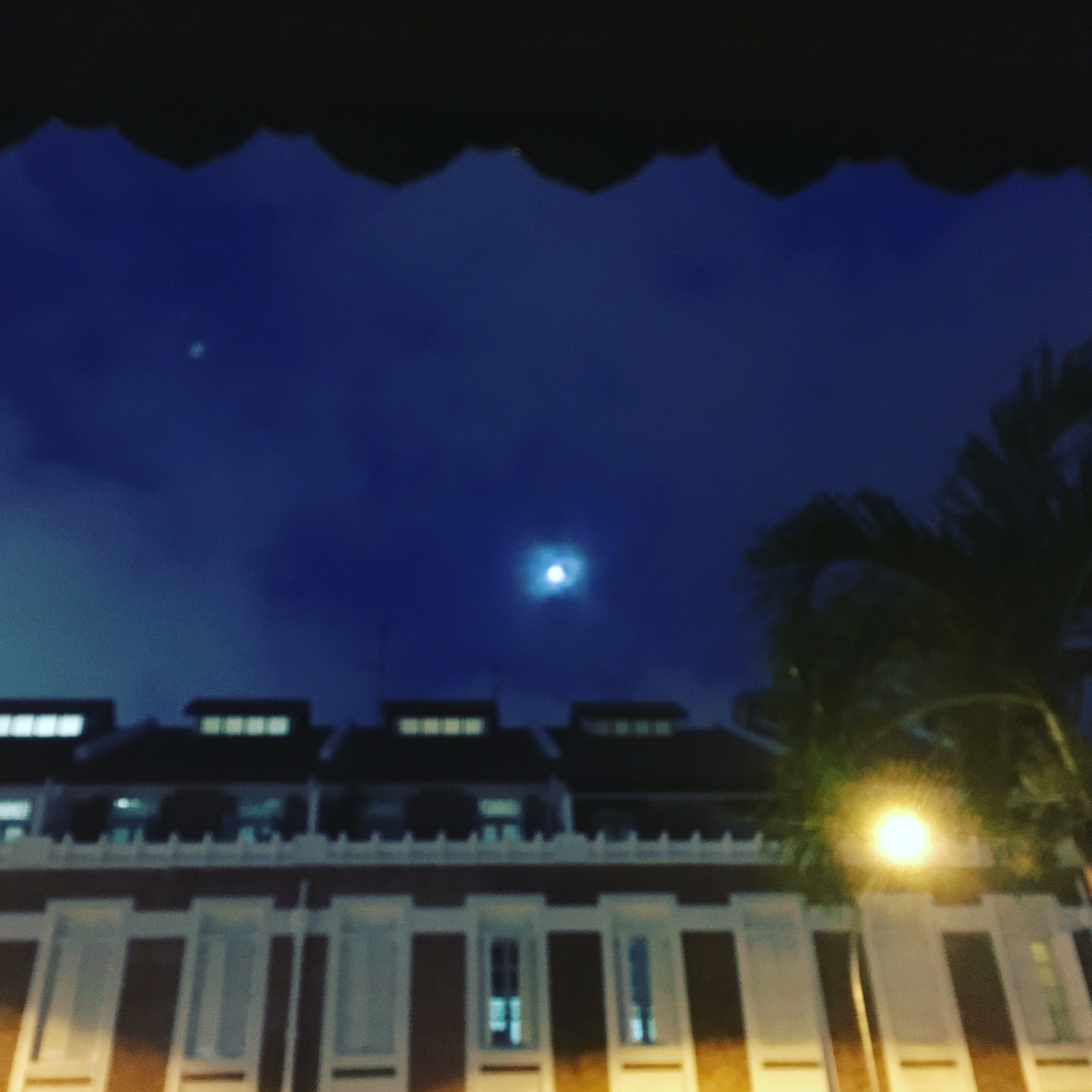
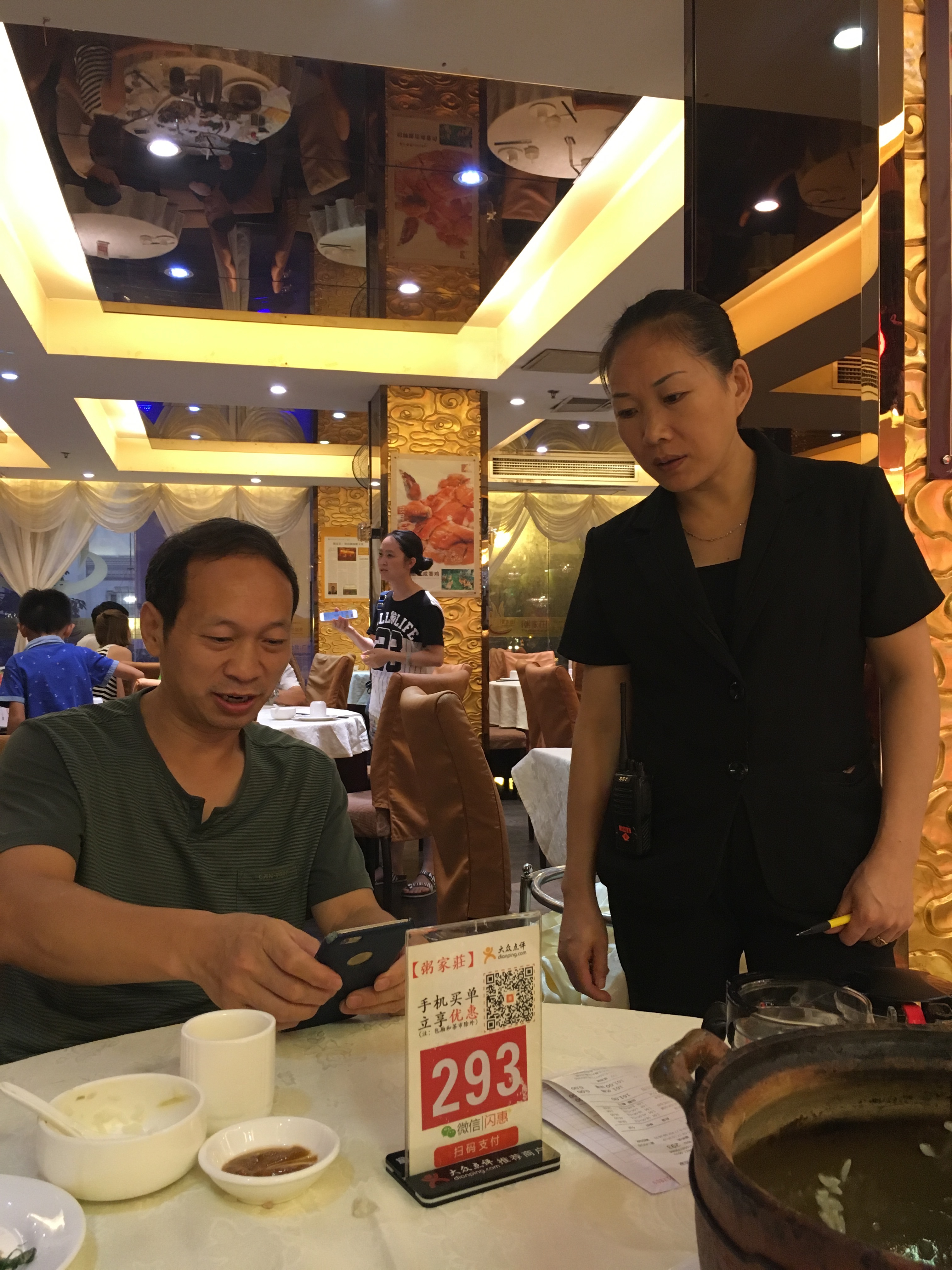
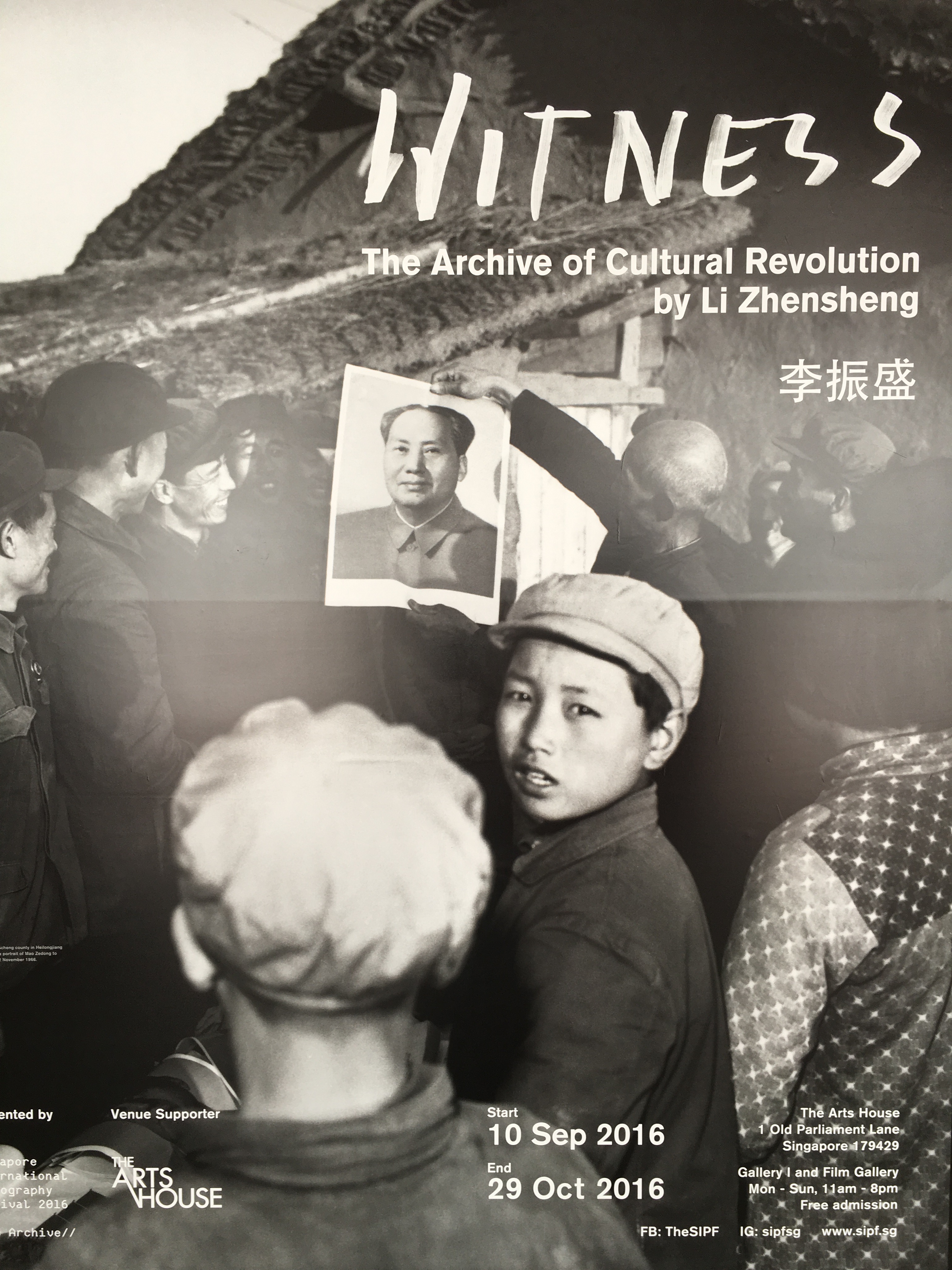 “Shadow and light are inseparable. We can’t just focus on the bright side (光明面),” said Mr Li Zhensheng, the artist behind the photography exhibition the Archive of Cultural Revolution. “In China, we still can’t talk about Cultural Revolution.”
“Shadow and light are inseparable. We can’t just focus on the bright side (光明面),” said Mr Li Zhensheng, the artist behind the photography exhibition the Archive of Cultural Revolution. “In China, we still can’t talk about Cultural Revolution.”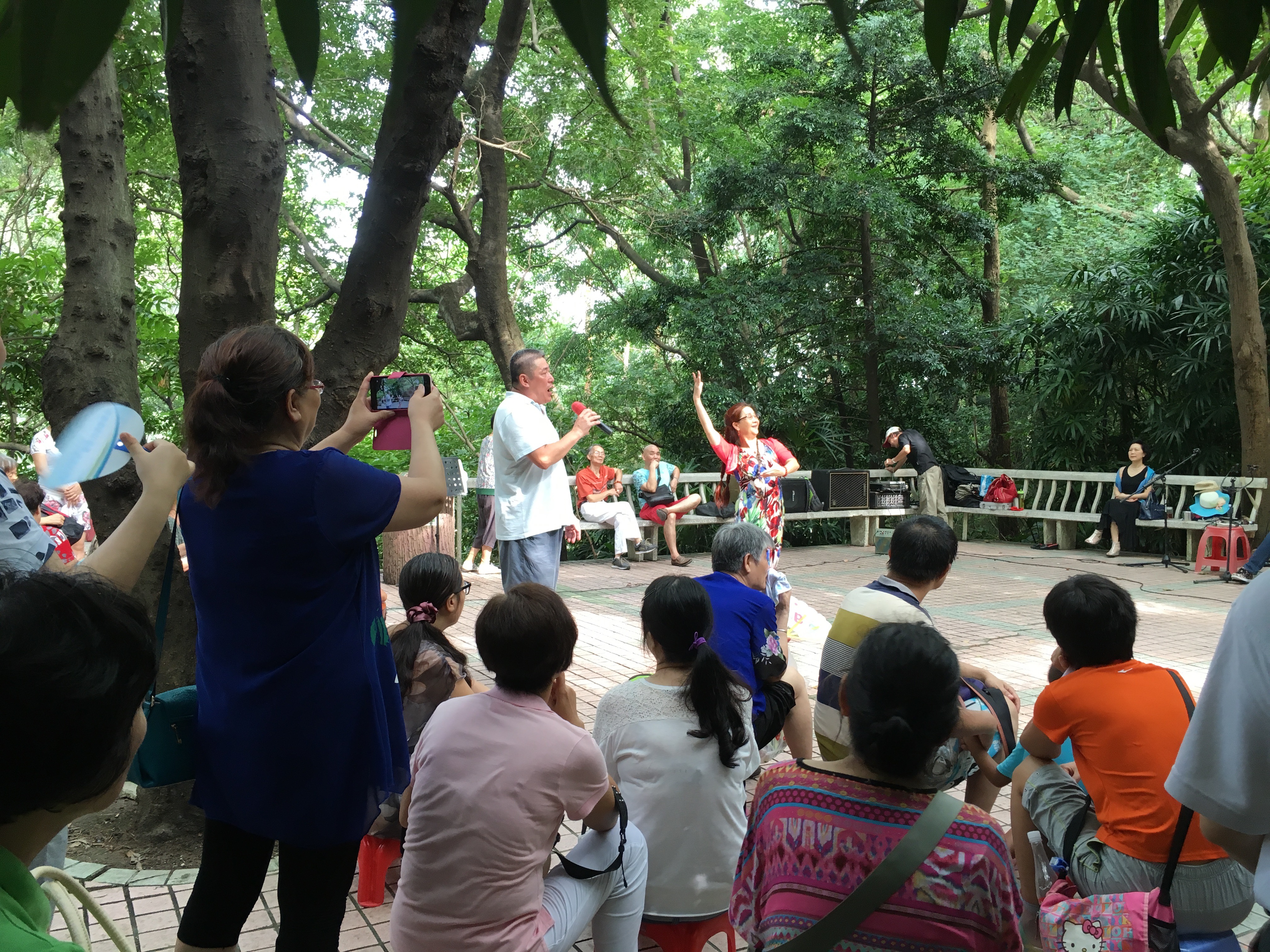
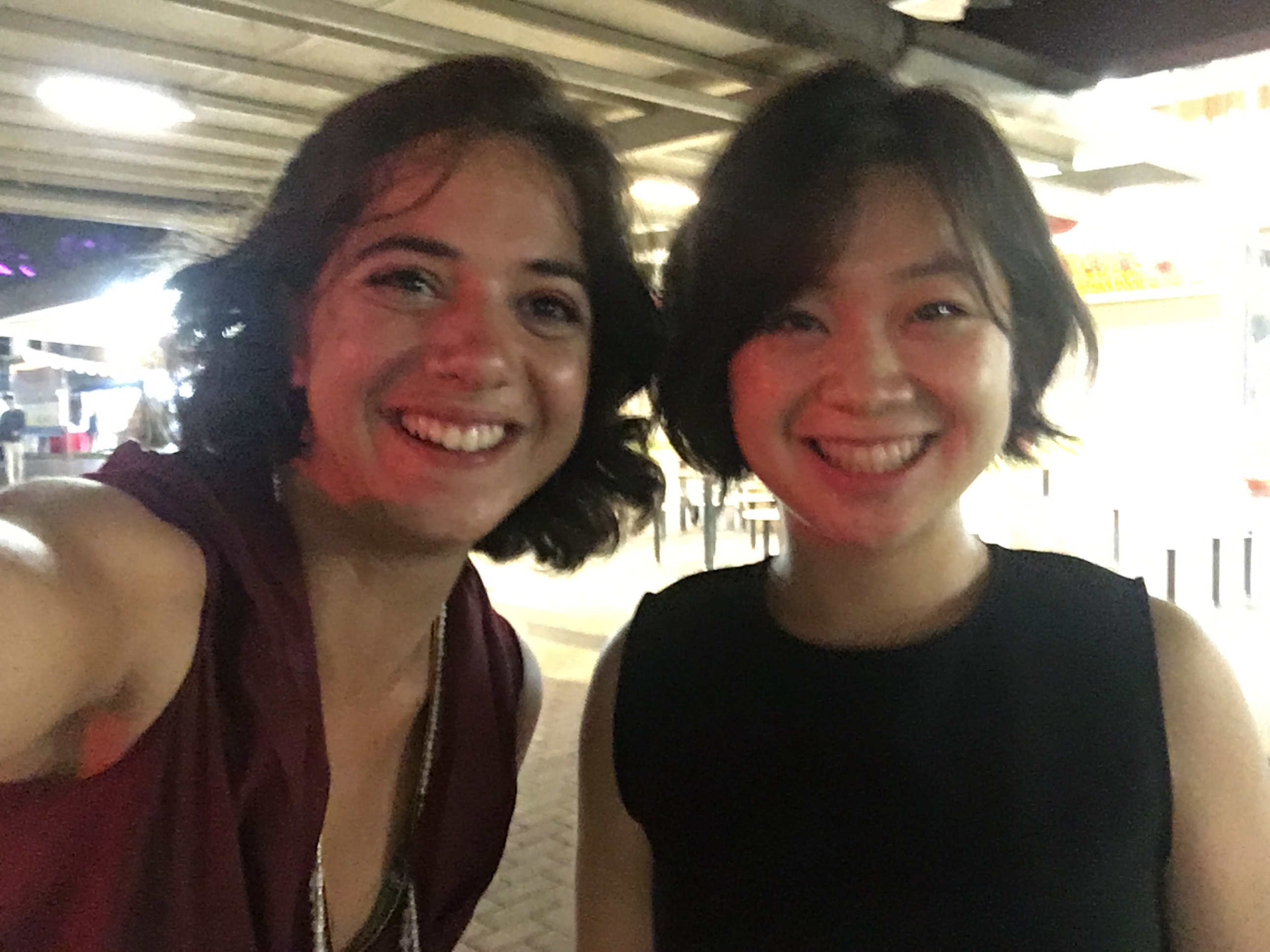


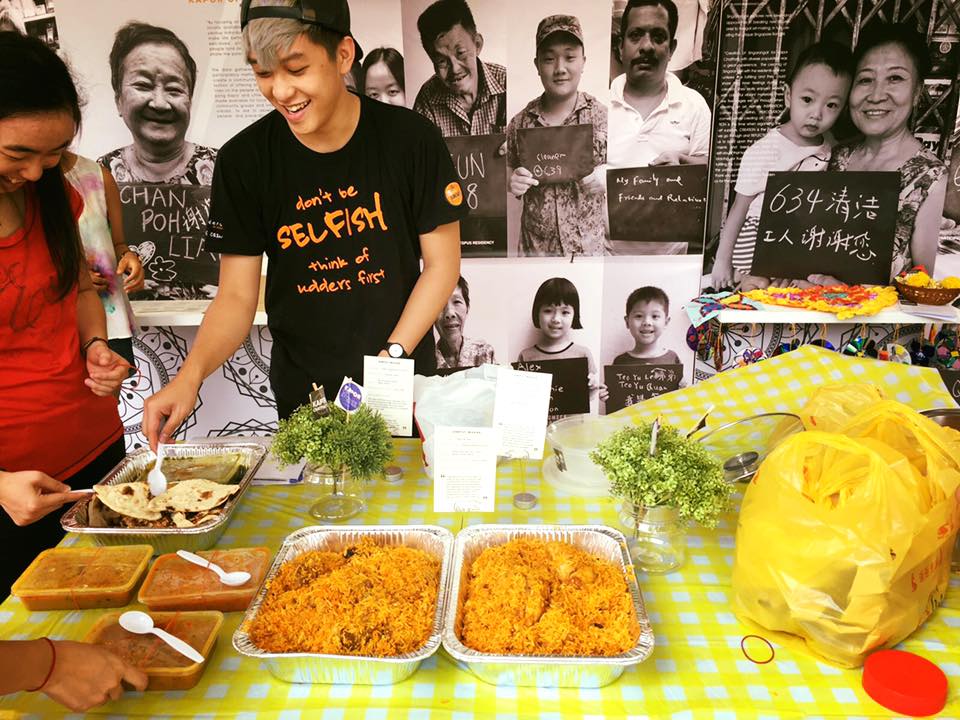
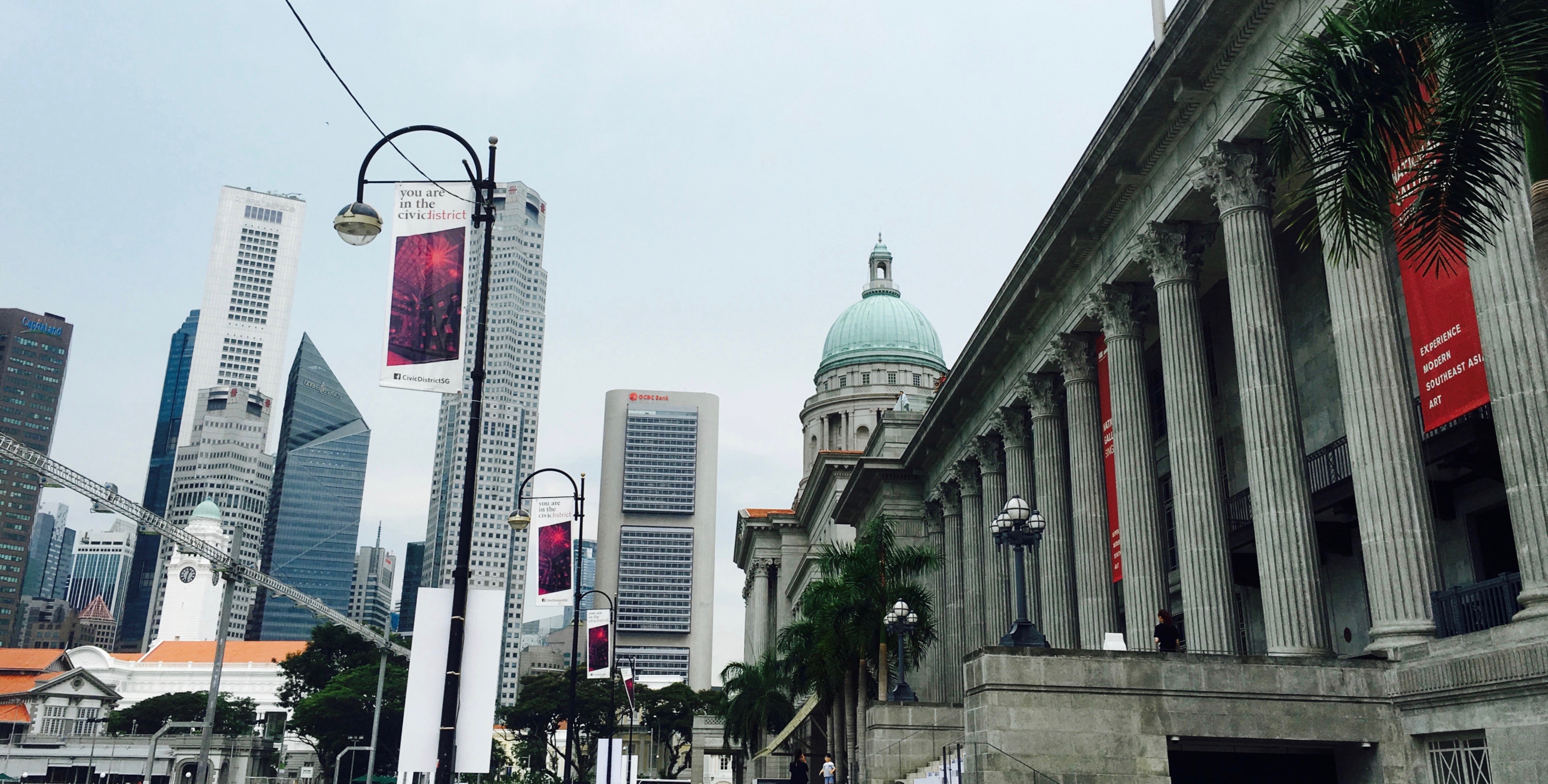

 I always thought of myself as a traveller. Somebody who has wanderlust, who is restless and will never settle down.
I always thought of myself as a traveller. Somebody who has wanderlust, who is restless and will never settle down.